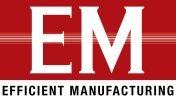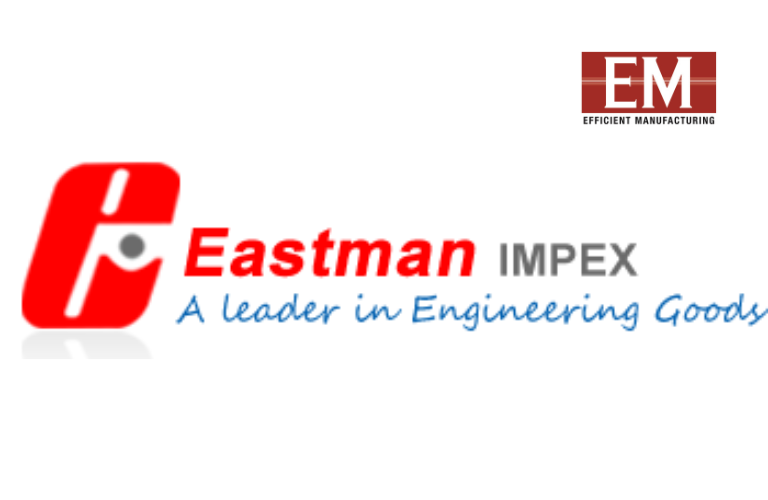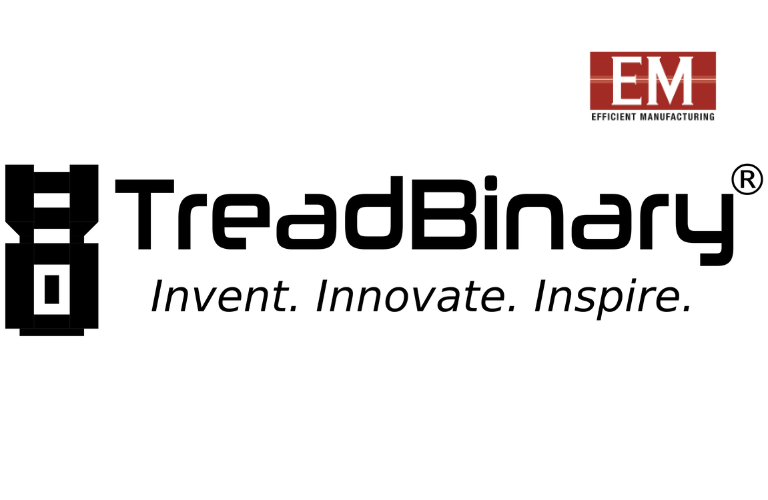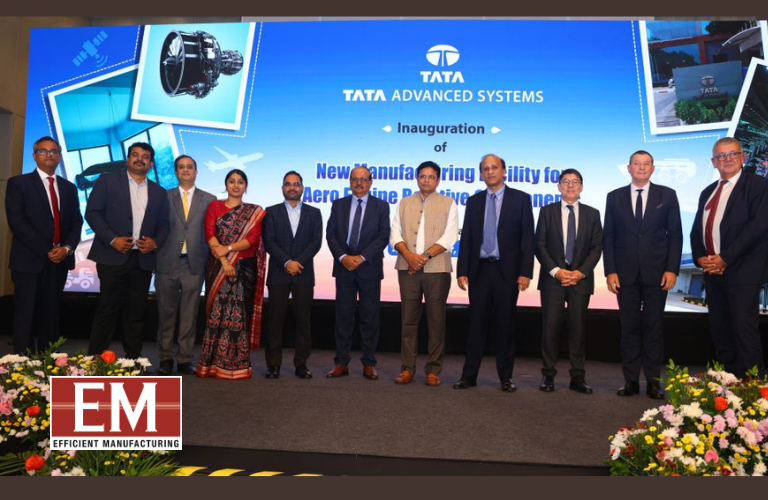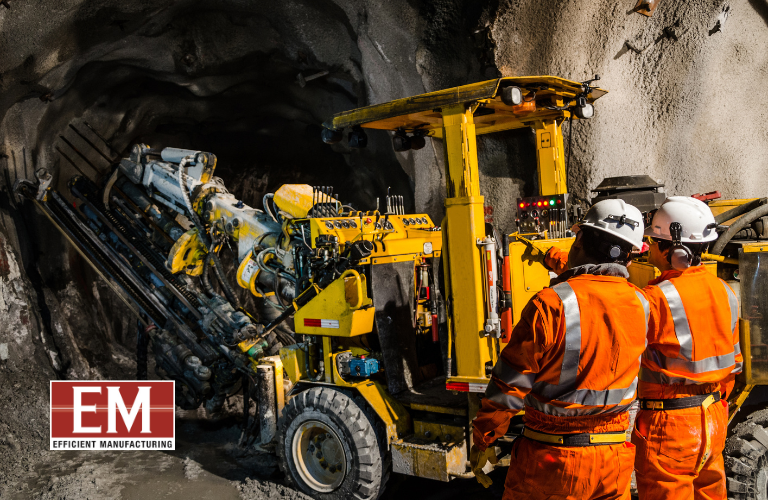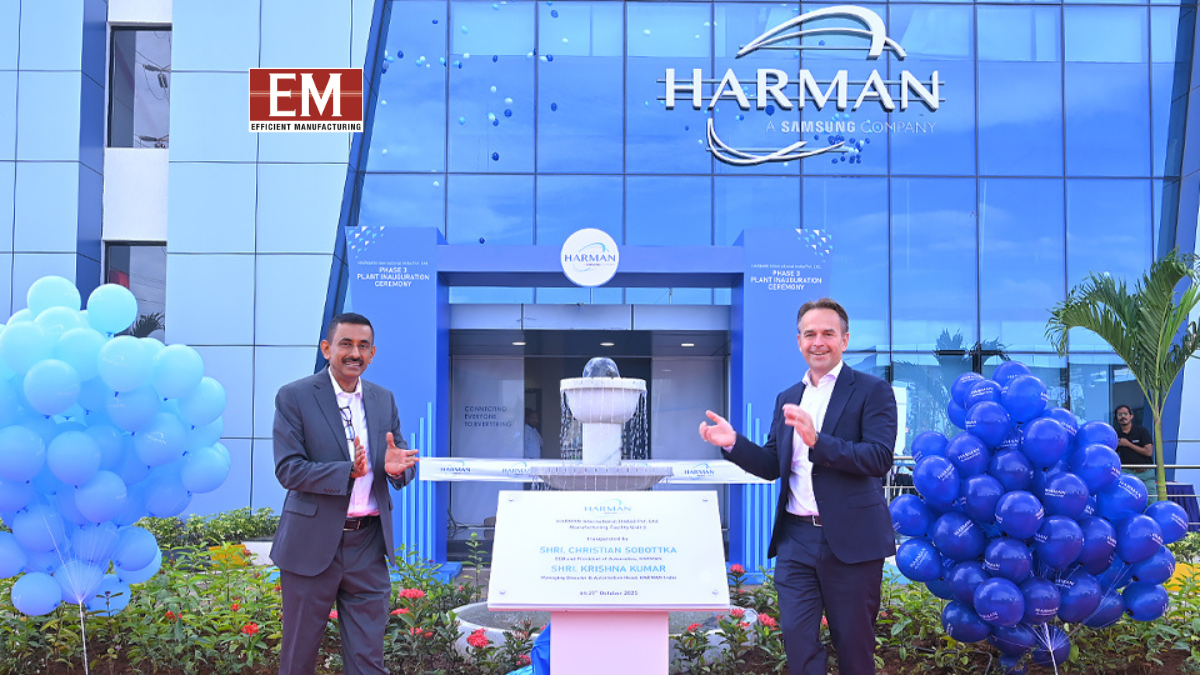… by Gaurav Singal, CEO, Eastman IMPEX
Executive summary
Choosing between locally sourced and imported materials for formwork and construction components is rarely a purely technical decision. Tariffs, duties and trade policy change the economics, lead times and risk profiles of materials such as plywood, steel props, aluminum formwork, scaffold components and specialised engineered connectors. This article examines how tariffs influence material selection, the trade-offs between cost and certainty, and a practical decision framework procurement teams can use to make smarter choices on projects of varying scale and complexity.
Why tariffs matter in construction procurement
Tariffs raise the landed cost of imported goods and can do so unpredictably when governments change policy. For construction projects where margins are thin and schedules tight, even modest duties shift the balance:
- Unit-cost impact: A duty applied at customs increases per-unit costs (material price + freight + customs + compliance). This can make previously cost-effective imports uneconomical versus local alternatives.
- Supply-chain risk: Tariffs often lead to changes in sourcing behaviour (suppliers shift, freight volumes change). That can increase delivery lead times and the risk of shortages.
- Specification & quality tension: Locally manufactured components may offer faster delivery but differ in tolerances and finishes from imported equivalents; tariffs influence whether you compromise on performance or absorb higher cost.
- Total project cost effect: Tariffs affect not just purchase price but secondary costs storage, rework, design changes and schedule slippage which are often overlooked.
Typical trade-offs: local vs import
Below are common dimensions where tariffs interact with procurement choices.
Cost (short term)
- Imported: Freight + insurance + duties can inflate upfront price but imports may still be cheaper if overseas manufacturing scales and raw-material costs are low.
- Local: Often slightly higher base price but lower logistics and no import duty; price stability tends to be better.
Lead time & reliability
- Imported: Vulnerable to port congestion, customs clearance, and policy changes. Tariffs themselves can trigger sudden supply shifts.
- Local: Shorter lead times, easier quality checks, and quicker rectification.
Quality & compliance
- Imported: May provide precise tolerances or specialised materials not widely produced locally.
- Local: Quality varies by manufacturer; strong local partners can match imported specs but may require validation.
Currency & macro risk
- Imported: Exposed to foreign exchange volatility another cost layer beyond tariffs.
- Local: Paid in domestic currency, reducing FX exposure.
Innovation & lifecycle
- Imported: Sometimes the only source for cutting-edge systems or proprietary formwork solutions.
- Local: Encourages local industry development and faster iterations for custom requirements.
How to account for tariffs in your decisions (practical framework)
Use this four-step, repeatable approach when evaluating material choices:
1) Build a landed-cost model
Include: supplier price, international freight, insurance, import duty, customs clearance fees, domestic transport, storage and any compliance testing. Example line items:
- Supplier unit price
- Freight & insurance per unit
- Tariff rate applied to CIF value
- Customs brokerage and port handling
- Inland transport to site
Summing these gives the true unit cost for imports to compare against local bids.
2) Quantify schedule & risk premium
Translate lead-time differences into monetary terms: cost of delayed handovers, extended site management, or duplicated formwork sets. Add a contingency premium to imported options if customs or policy changes could delay shipments.
3) Value technical fit and rework risk
Assess the probability and cost of rework if a local alternative does not meet the exact spec. For critical elements where performance is non-negotiable (e.g., engineered formwork tolerances or structural connections), place a higher weight on technical conformity even if the landed cost is slightly higher.
4) Run scenario analysis with tariff shock cases
Model at least two tariff scenarios current tariff, and a higher “shock” tariff to see how robust the sourcing decision is. If small tariff changes flip the preferred supplier, consider contractual clauses or hedging (e.g., split sourcing, forward purchase).
Practical sourcing strategies and contractual levers
- Split sourcing: Combine local and imported supply for critical items to balance cost and resilience. Use imported stock for long-lead or specialty pieces; use local for fast-moving consumables.
- Indexed contracts: Negotiate supplier agreements that allow price adjustments tied to clear indices (freight rates, steel prices) rather than ambiguous language.
- Tariff pass-through clauses: Where possible, include clauses allocating tariff changes between buyer and supplier so one party is not forced to absorb sudden policy shifts entirely.
- Buffer inventory for key items: For long projects, maintaining a small buffer of imported specialty components can hedge against sudden tariff-driven supply shocks.
- Local qualification program: Invest in qualifying local manufacturers through audits and pilot orders this reduces technical risk and builds bargaining power against imports.
- Design for substitution: Wherever feasible, specify material-agnostic details or acceptable alternative manufacturers to make switching easier if tariffs change.
Procurement checklist quick reference
- Calculate full landed cost (include duties & fees).
- Estimate time-value cost of lead-time differences.
- Run a tariff-shock sensitivity (e.g., +5–15% duty scenarios).
- Assess local supplier capability & past performance.
- Include contractual protections for tariff changes.
- Consider split sourcing or phased imports to reduce exposure.
- Validate critical components with site trials before bulk ordering.
Conclusion balancing economics, quality and resilience
Tariffs are an important economic lever that can rapidly change the calculus between local sourcing and importing for formwork and construction components. Smart procurement teams treat tariffs not as a binary tax line but as a factor in a broader decision model that includes landed cost, schedule risk, technical fit and contractual protections. The best approach often combines local suppliers for speed and risk mitigation with selective imports for specialised needs all governed by a transparent landed-cost model and contingency planning. That balanced strategy keeps projects on schedule, within budget and resilient to trade policy swings.


